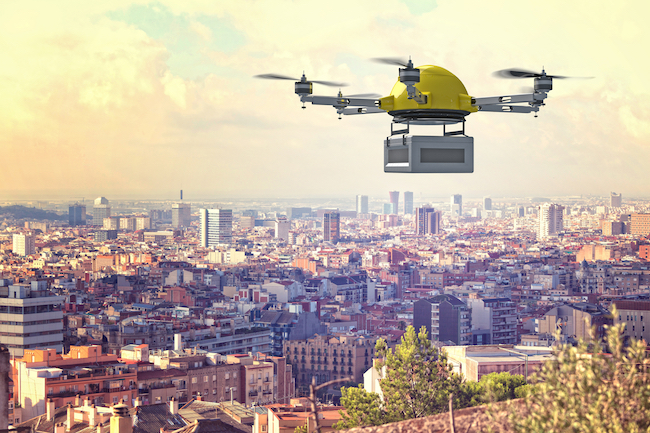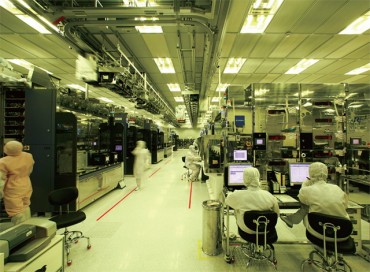
To set the stage for a future where drones, self-driving cars and AI-controlled robots serve as delivery workers, the Ministry of Interior and Safety has unveiled a five-year plan to bestow unique addresses to over 300,000 buildings. (Image: Korea Bizwire)
SEOUL, Dec. 28 (Korea Bizwire) – To set the stage for a future where drones, self-driving cars and AI-controlled robots serve as delivery workers, the Ministry of Interior and Safety has unveiled a five-year plan to bestow unique addresses to over 300,000 buildings.
Specifically, what this entails is each room or suite will be designated its own floor and suite number by the government. Previously, these details were left to the discretion of the building owner.
The goal of this change is to enable automated delivery machines such as drones to better identify the delivery destination.
This in effect would turn South Korea’s address system into a 3D model of the country, since the addresses would no longer reveal merely where a location point lies on a map, but how high above ground or below it a potential delivery destination is.

To decide which side is left and which is right, an imaginary line going either west to east or south to north is drawn through the middle of the road. (Image: Daejeon Junggu Office website)
With an estimated half of the country’s 50 million people living either in or around Seoul, a large portion of the population live in apartment buildings.
Many commercial buildings have underground levels that are rented out to shops, restaurants and other businesses.
Included in the five-year plan is a “multi-dimensional address system” to enable efficient delivery to mobile destinations like food trucks.
In addition, the Ministry of Interior and Safety has decided to label specific public facilities and structures with its own address so that emergency response endeavors can better identify the location of accidents.
Elevators at pedestrian bridges, tunnels and underpasses are some of the structures that will be given addresses, which will consist of the street/road name and an identification number.

With an estimated half of the country’s 50 million people living either in or around Seoul, a large portion of the population live in apartment buildings. (Image: Yonhap)
Roads are divided up into 20m blocks, and each of these blocks has its own identification number. The left side of the block is given an odd number, while the right side has an even number. To decide which side is left and which is right, an imaginary line going either west to east or south to north is drawn through the middle of the road.
The number of signposts indicating “national point numbers for advanced location-finding” – designated numbers for every 10x10m of mountain range or ocean – will be increased to 22,000 by 2022. These signposts serve as location markers that help search and rescue teams locate lost individuals.
S.B.W. (sbw266@koreabizwire.com)






